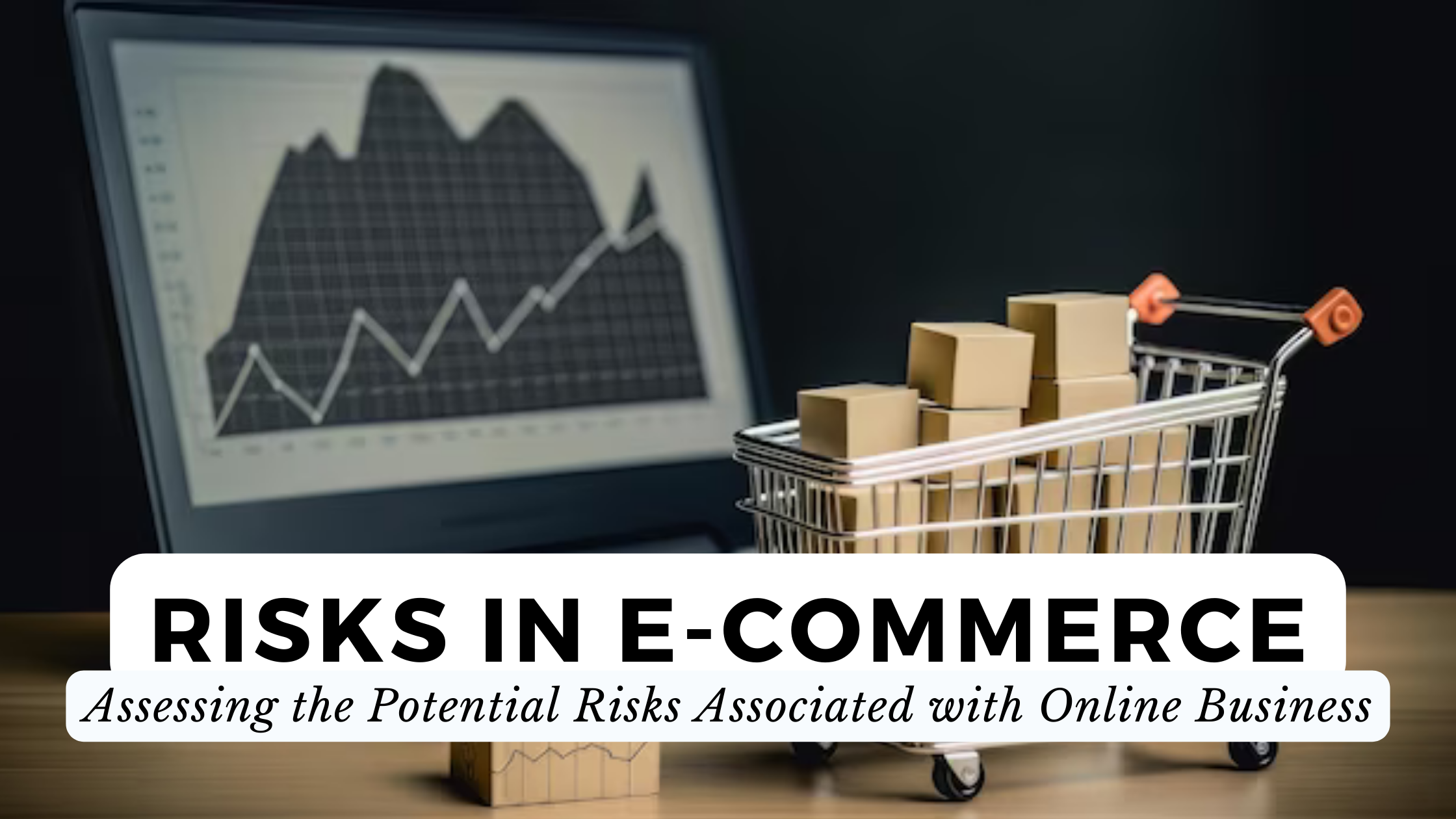
In the fast-paced world of e-commerce export, opportunities for growth abound, but so do risks that can potentially derail businesses. From logistical challenges to payment fraud, navigating the global marketplace requires a strategic approach to mitigate potential losses and safeguard against unforeseen setbacks. In this era of digital commerce, understanding the risks and implementing effective strategies to minimize them is paramount to ensuring the long-term success and sustainability of e-commerce export ventures. In this blog post, we delve into effective strategies to mitigate risks and enhance resilience in e-commerce export operations.
1. Thorough Market Research and Analysis:
Before venturing into new markets, thorough research and analysis are essential. Understanding the target audience, cultural nuances, legal requirements, and market trends can help identify potential risks early on.
2. Diversification of Markets and Suppliers:
Relying on a single market or supplier exposes businesses to significant risks. Diversifying both markets and suppliers helps spread risk and reduces dependency on any single entity.
3. Implement Robust Payment Security Measures:
Payment fraud is a prevalent risk in e-commerce export. Implement robust payment security measures, such as encryption technologies, multi-factor authentication, and fraud detection algorithms, to safeguard transactions. Partnering with reputable payment gateways and financial institutions can also provide added layers of security.
4. Optimize Supply Chain and Logistics:
Efficient supply chain management is crucial for minimizing logistical risks and ensuring timely delivery of products. Optimize supply chain processes, streamline logistics operations, and establish contingency plans to mitigate disruptions caused by transportation delays, customs issues, or unforeseen events.
5. Compliance with Regulatory Requirements:
Non-compliance with regulatory requirements can result in fines, legal liabilities, and reputational damage. Stay updated on international trade regulations, customs procedures, taxation policies, and data protection laws relevant to e-commerce export.
6. Invest in Cybersecurity:
With the growing threat of cyberattacks, investing in cybersecurity is imperative for e-commerce businesses. Protect sensitive data, secure online transactions, and implement robust cybersecurity protocols to prevent data breaches, malware infections, and other cyber threats.
7. Continuous Monitoring and Risk Assessment:
Risk management is an ongoing process that requires continuous monitoring and assessment. Implement risk management frameworks, conduct regular risk assessments, and monitor key performance indicators to identify emerging risks and proactively address them.
Conclusion:
Mitigating risks in e-commerce export requires a multifaceted approach encompassing market research, diversification, payment security, supply chain optimization, regulatory compliance, cybersecurity, and continuous monitoring. By implementing these strategies, businesses can minimize vulnerabilities, enhance resilience, and navigate the complexities of international trade with confidence. Stay proactive, stay informed, and stay ahead of potential risks to maximize success in the global e-commerce landscape.
Check Our Website : EcomBi – www.ecombi.in
This article is only a knowledge-sharing initiative and is based on the Relevant Provisions as applicable and as per the information existing at the time of the preparation. In no event, RMPS & Co. or the Author or any other persons be liable for any direct and indirect result from this Article or any inadvertent omission of the provisions, update, etc if any.
Published on: May 11, 2024
